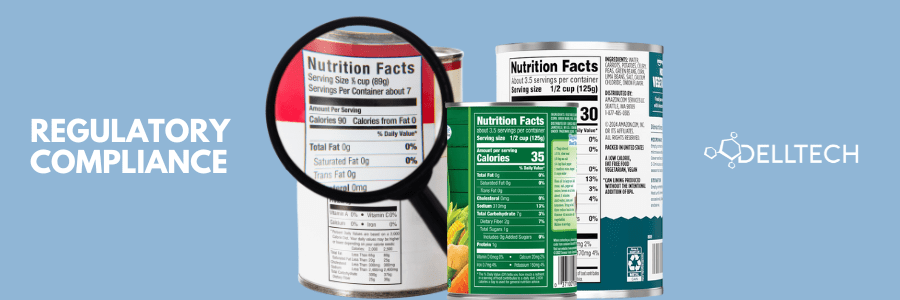By: Sarah D’Mello, Senior Product Safety Specialist, email
Many countries that adopted GHS have made their own requirements for protecting confidential business information (CBI) on Safety Data Sheets (SDSs) and labels. Such provisions should not compromise the health and safety of workers or consumers, or the protection of the environment.
In some countries, withholding information as CBI may require prior approval from the country’s designated authority. Below are summaries of CBI requirements for Canada, the United States, and the European Union.
Canada
Health Canada is the government body responsible for the protection of CBI. In order to protect information that is required to be disclosed on a SDS and label, a claim must be filed under the Hazardous Materials Information Review Act (HMIRA). Information such as the chemical identity, concentration (or concentration range) or the name of a toxicological study that identifies the ingredient can be claimed as a CBI.
If a claim has been filed, the information must be replaced on the SDS by a reference to the HMIRA claim. The chemical name of the trade secret ingredient must be replaced with a generic chemical name, and the concentration may be replaced with a word such as “Proprietary”, “CBI” or “Trade Secret”.
The United States
In the USA, the Hazard Communication Standard (HCS) allows you to claim a trade secret for chemical names, substance identification numbers, and exact weight percentages. You can make these claims without prior approval from the Occupational Safety and Health Administration (OSHA); however, you should be able to justify the claim if asked to do so.
There is additional information that will need to be included on the SDS such as a statement in Section 3, and ensuring that information about the properties and effects of the hazardous chemical is included on the SDS. If CBI is claimed and withheld from SDSs, they must be indicated as a “Trade secret” on the SDSs.
The European Union
Similar to Canadian regulations, a request for the use of an alternative chemical name must be submitted to and approved by the European Chemicals Agency (ECHA). There are some requirements for using an alternative name, such as the ingredient should not have a community workplace exposure limit or the substance is classified in certain hazard classes.
Contact:
Dell Tech
Sarah D’Mello
Senior Product Safety Specialist
519-858-5021
sarah@delltech.com
Dell Tech has provided professional, confidential consulting services to the chemical specialty
industry in Canada, the USA, Europe, and Asia for the last 40 years.
Contact us today for more information.
www.delltech.com





